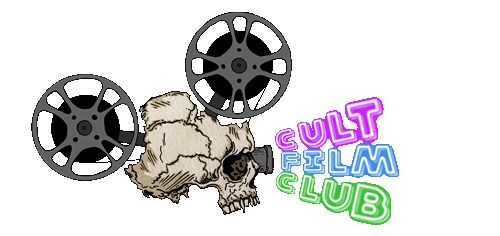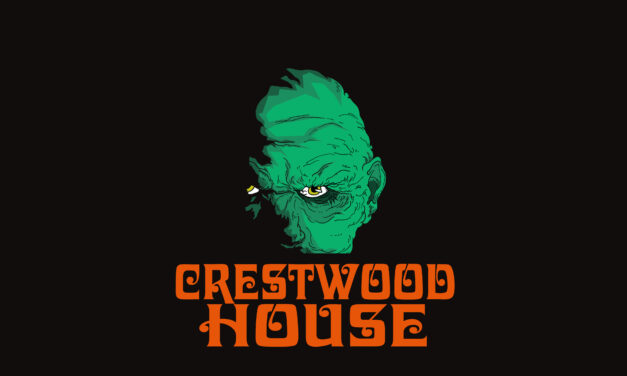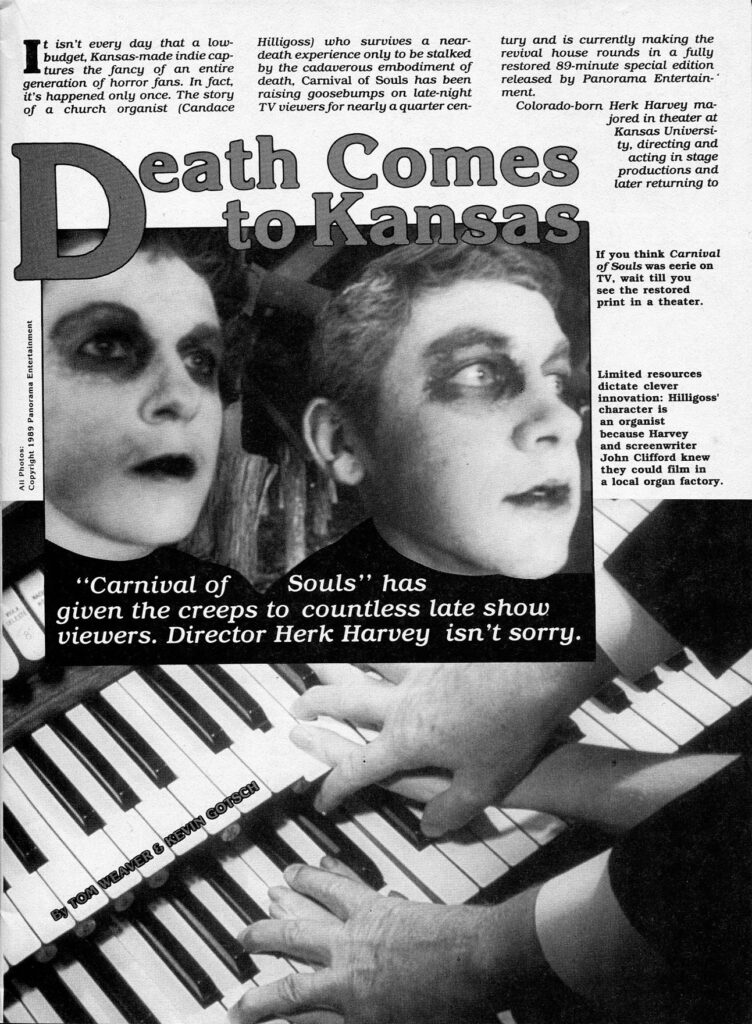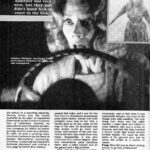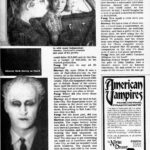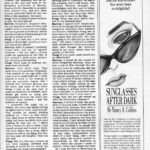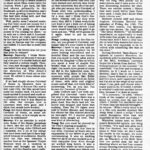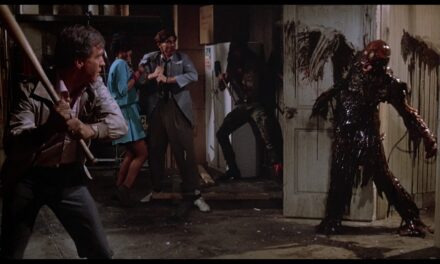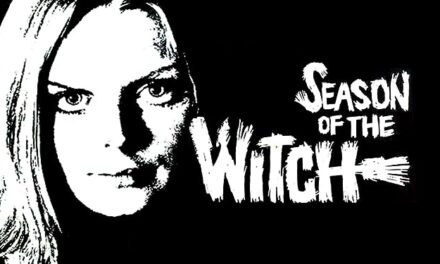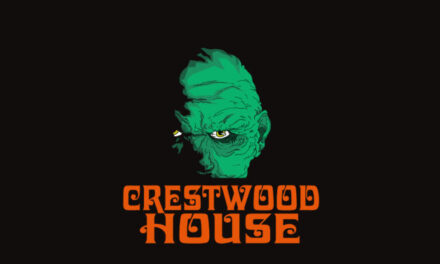Part of the fun of co-hosting a horror film podcast like Crestwood House is that it gives me an excuse to dive into my back-issue collection of monster and horror magazines to try and find articles related to the films we’re covering. It’s even more fun with Crestwood House because the flicks we’re covering are old enough that I’m traipsing through multiple generations of information between the film itself, and the magazines which tended to cover them decades later. Our discussions for the podcast are yet another generation removed, so it’s really cool to see how the film has aged and how they continue to influence and affect us after so many years. I just dug up this Carnival of Souls article from an 1989 issue of Fangoria (number 86 to be exact), which is an interview with the director/star of the film Herk Harvey. The interview was conducted and written by Tom Weaver & Kevin Gotsch…
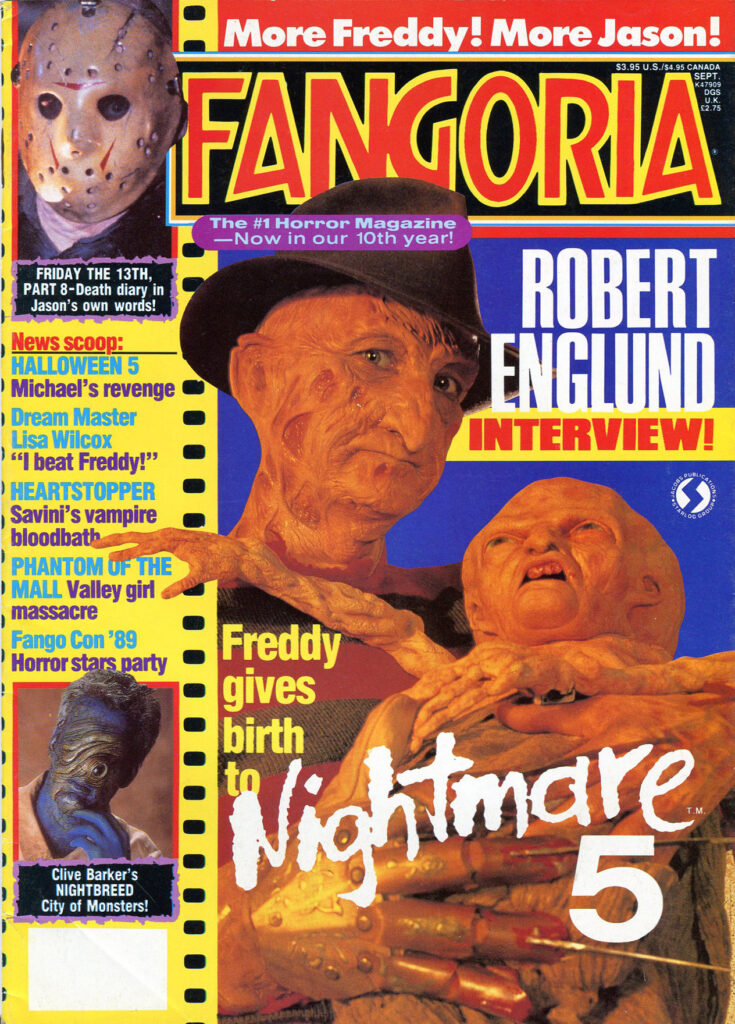
A great thing about this era of Fangoria is that the editors did not shy away from covering more classic horror content, though it very rarely made it to the cover blurbs or pictures. That said, I love that this cover features Saul, the one-eyed “frog boy” from Clive Barker’s Nightbreed as he only has a blink and you’ll miss it appearance in the film. I guess it’s visually striking, odd-eyed bluish visage that offsets the yellows, oranges and reds of the Nightmare 5 main cover image. That said, this character has an interesting backstory, a speaker of dark truths who has been given credit for turning philosophical writers to madness and suicide, though of course he’d publicly deny that fact.
Anyway, onto the Herk Harvey interview which was supporting the newly restored, special edition of the film in 1989…
Though the story of the film’s creation and inspiration was certainly told before this 1989 Fangoria article, I still love reading it and it’s amazing how closely it hews to George Romero and crew’s origins with Night of the Living Dead. Both Harvey and Romero were making industrial films and commercials, probably the most workman style of film-making in the business, and both saw an opportunity to kind of put it all on the line to make fairly simple and straight forward little modern, black and white horror pictures at a time when most of the genre was steeped in stodgy gothic stories set in Victorian London. Both films also suffered the same fate of having their copyright notices cut from screening prints effectively putting both films in the public domain and ensuring that it was be almost impossible to profit fully from the distribution and screenings. Sadly for Harvey, his film didn’t strike the right chord at the right time like Romero’s film and it took decades for folks to really start appreciating Carnival of Souls.
A bit of information I gleamed from this piece was that there was an entire roll of film lost during processing which contained more build-up during the ending sequence at the Saltair amusement park. Harvey had no way of reshooting that footage so it’s lost to time.
He also pretty clearly shoots down a lot of the ideas that fans and critics have been reading into the film for decades including the possible LGBTQ vibes of Candace Hilligoss’s Mary (her asexual demeanor and the possible relationship with one of the other women in the car with her at the start of the film.) Harvey and writer John Clifford weren’t trying to hide any metaphors in the film beyond the idea of wanting to survive death so much that one literally wills their ghost to continue walking the Earth for a time. Still, it’s fun to play armchair psychotherapist when it concerns the story of the film…
